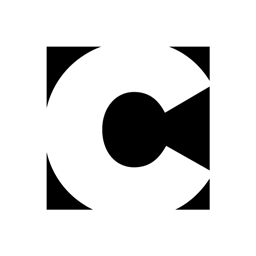Paper Tips: Confused Over Brightness and Whiteness?

Brightness and Whiteness are two paper properties that are constantly confused by designers and others in the creative community.
They are not the same; Brightness does not equate with Whiteness, or the reverse.
Let’s start with Brightness. It is the measure of a paper’s ability to reflect light. The higher the number, the brighter the sheet, which is rated on a scale of zero to one hundred. Brightness is the volume of light reflected off the sheet of paper.
We all know that you can’t see colors in the dark. We need light. Think of your paper as a light bulb. Papers that are rated higher on the Brightness scale will allow the four-color process colors to pop more, appear more vibrant, enhance impact and create contrast on the page.
Whiteness is the quality of light; it refers to the shade of the sheet of paper. The three major shades of paper are: balanced white, warm white and blue white. Most coated papers (and many uncoated papers, too) are currently manufactured to a blue white shade. Why? Because, to the human eye, the blue white shade appears to be brighter. And this is the reason for the confusion.
If you lay down three sheets of paper in front of you and rank each according to their Brightness, everyone will pick the paper with the most blue white shade to be the brightest EVEN if all three sheets are rated with the same Brightness level.
Think about laundry soap and the manufacturer’s claims to give you the brightest (and cleanest) clothes. How do they do this? They add blue white brighteners to their ingredients. Your eye perceives the blue white as brighter, hence cleaner clothes.
A balanced (or neutral) white shade of paper reflects the total color spectrum equally, while a warm white shade will absorb the blues and cooler colors. A blue white shade will absorb the warmer colors and reflect more blues or cooler colors.
For many years, the paper industry manufactured papers to fit the specifications of a balanced white shade. Today however, most mills — especially the coated mills — manufacture their grades of paper to the blue white shade.
Designers demanded brighter sheets of paper. Mills responded by making their papers brighter by added ingredients such as titanium dioxide and by creating the perception of Brightness by tweaking the shade to the blue white spectrum.
It is important to know and understand Brightness and Whiteness and not confuse them. Remember, think wattage when thinking about Brightness and think shade when looking at the paper property of Whiteness.
Nan Faessler has spent many years in the print industry and has sold printing. She currently manages specification sales for Kirk, Nationwide and xpedx, is an AIGA Fellow and sits on the Los Angeles Chapter’s Advisory Board. She is also active in the APALA.
This article was last modified on January 18, 2023
This article was first published on February 9, 2005





